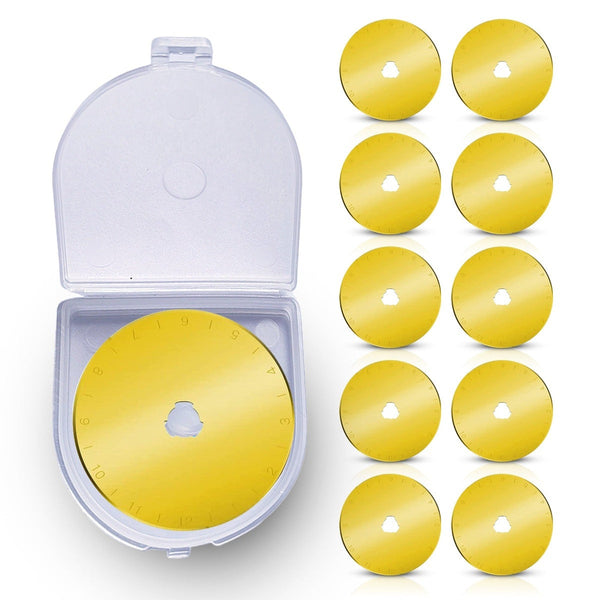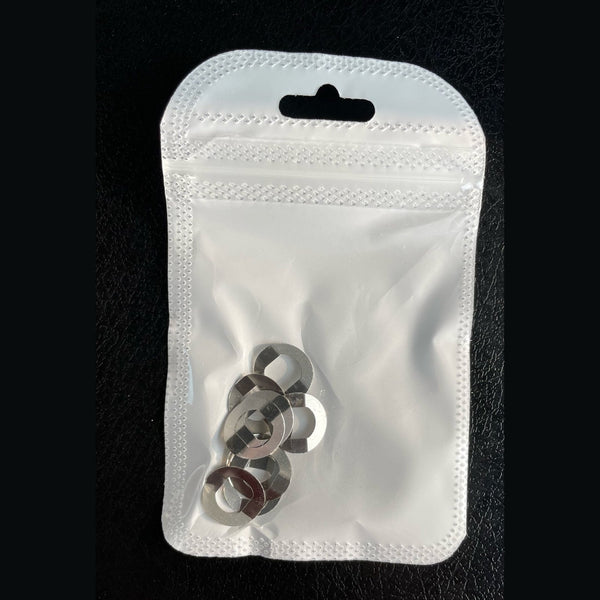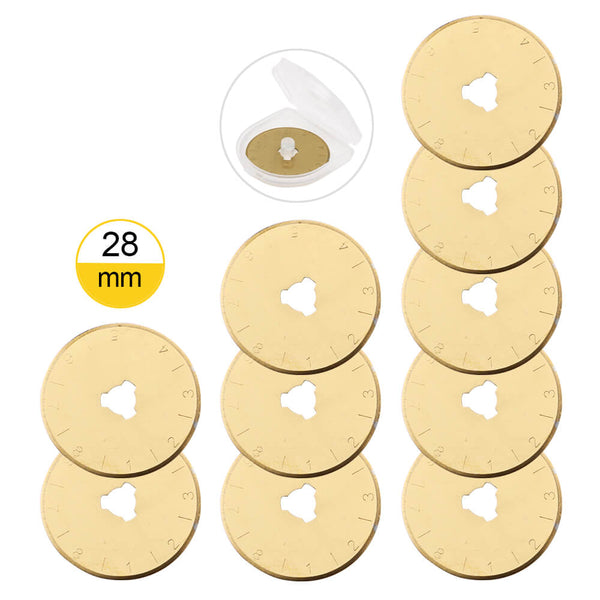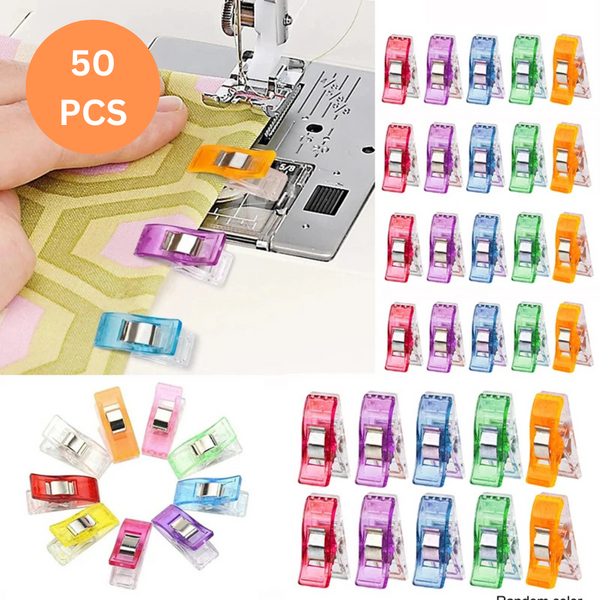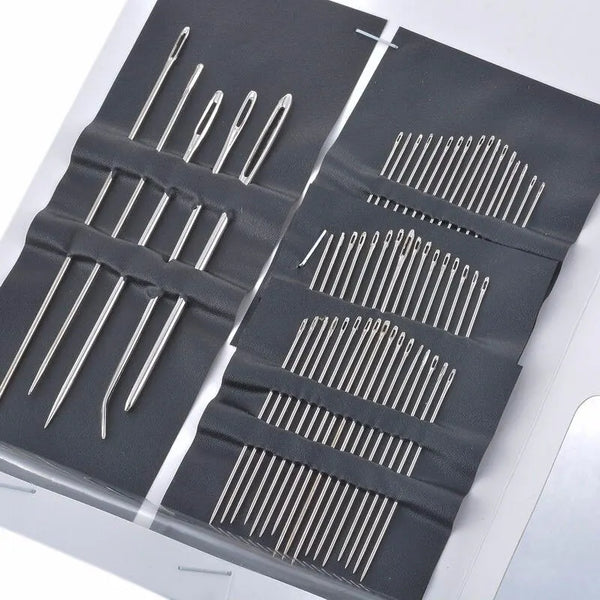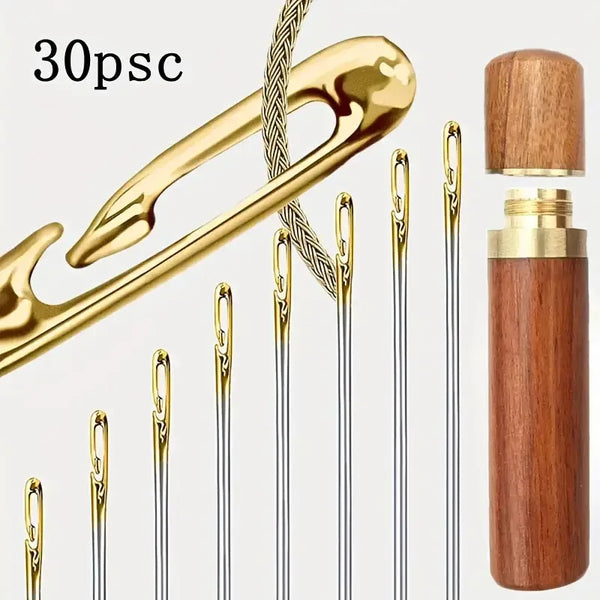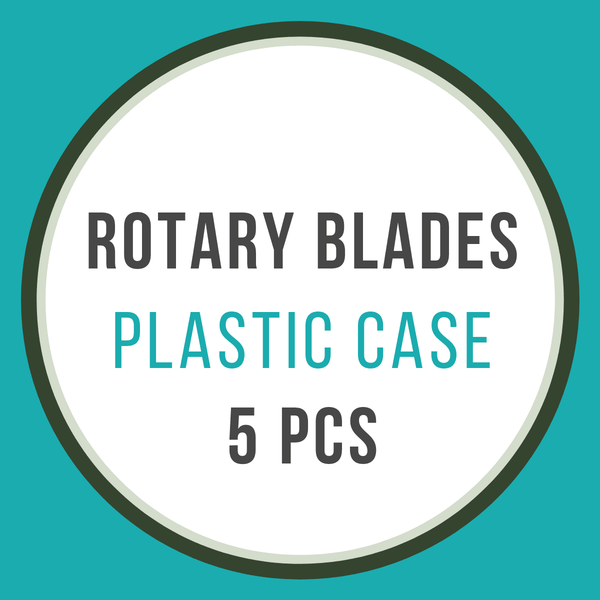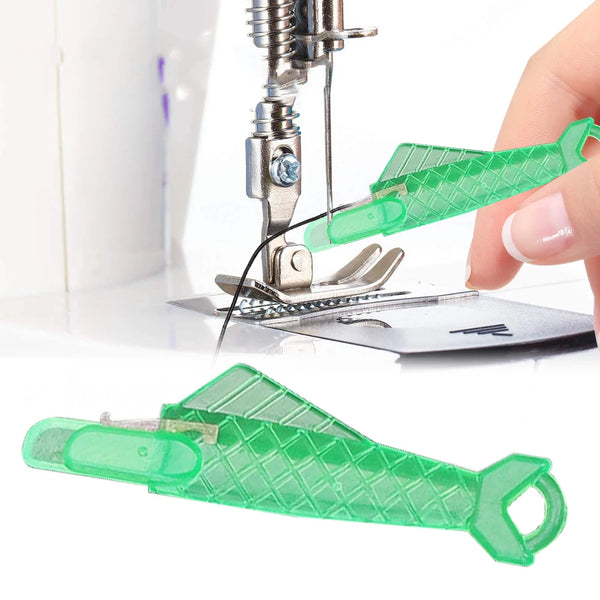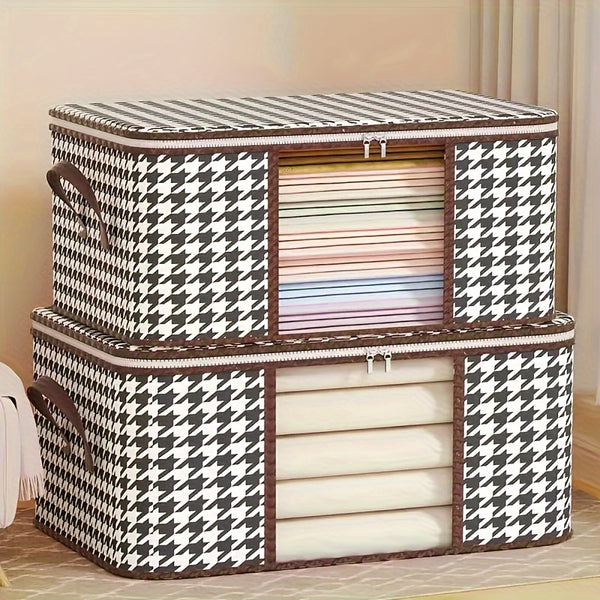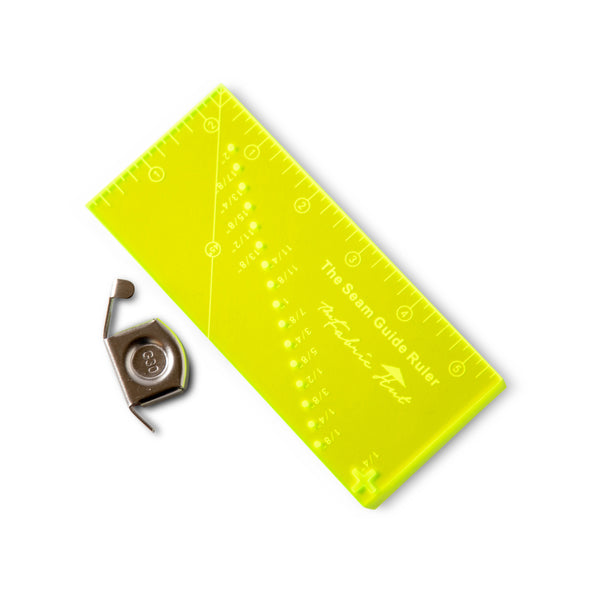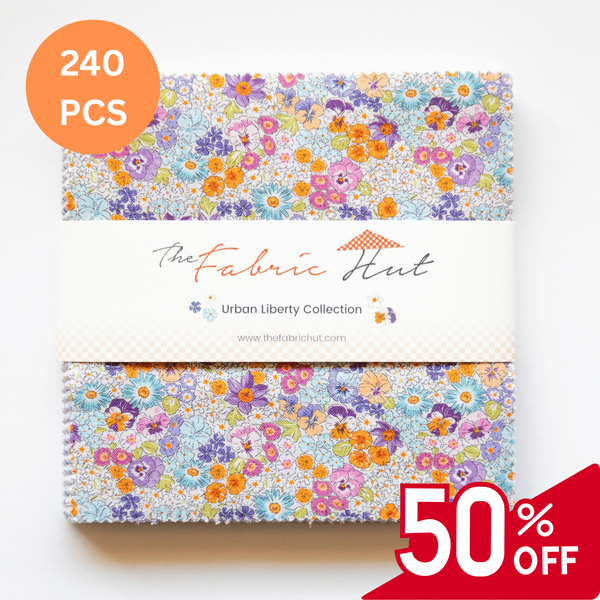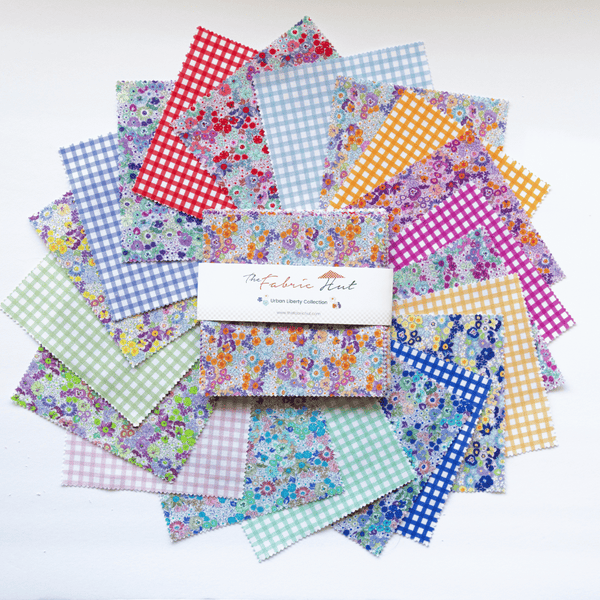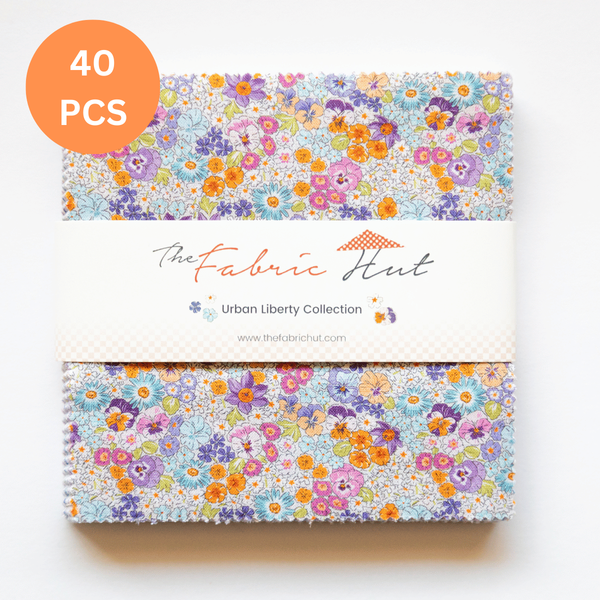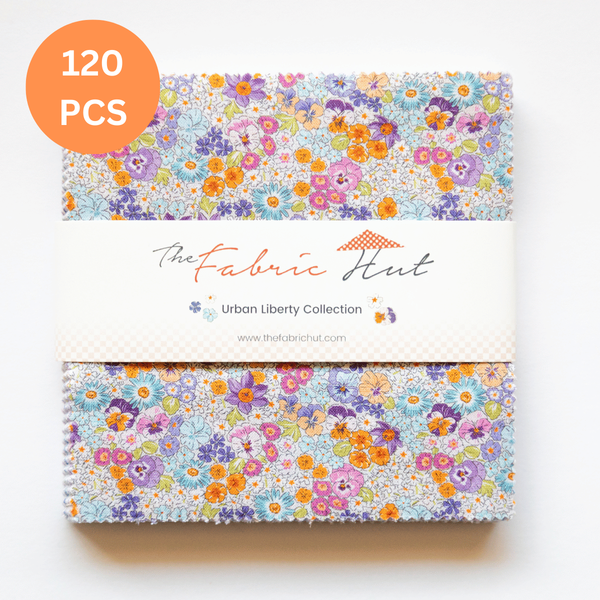Choosing the Right Rotary Cutter Blade Size: 28mm, 45mm, or 60mm?
If there’s one tool quilters can’t live without, it’s the rotary cutter. That satisfying swish as the blade glides through fabric is pure magic. But when it comes to choosing the right rotary cutter blade size, it can feel a little confusing. There are three main sizes on the market: the 28mm, 45mm, and 60mm. So what’s the real difference?
Each size has its place in the quilting world, and understanding which one to reach for can make cutting more precise, easier on your hands, and even a little more enjoyable. Let’s break down the three most common rotary blade sizes and talk about what makes each one special (and when they might not be the best fit).
The 28mm Blade — Small But Mighty
The 28mm rotary blade is the smallest of the standard options, but don’t let its size fool you — this little blade is a precision powerhouse.
Best for:
-
Cutting around small templates or curved edges
-
Foundation paper piecing or Applique
-
Short cuts and block trimming
-
Tight corners or intricate shapes
Why choose this size:
The 28mm blade provides excellent control, making it ideal for fine detail work. If you’re working on a quilt with lots of curves or small pattern pieces, the 28mm blade can easily maneuver those tight spaces where larger blades just can’t go. It’s also ideal for trimming foundation blocks or cutting out small appliqué shapes where accuracy is everything.
The drawbacks:
Because the blade is smaller, it doesn’t cut through thick layers of fabric as easily. If you’re cutting multiple layers or long straight strips, it can take more effort (and time). It’s best kept for specialty cutting rather than your main cutting tool.
The 45mm Blade - The “Go To” Blade
If you could only have one rotary cutter in your sewing room, the 45mm blade would be it. This mid-size option is the most versatile and widely used among quilters.
Best for:
-
Everyday quilt cutting
-
Straight lines and general use
-
Cutting multiple layers of fabric
-
Most quilting projects
Why choose this size:
The 45mm is the most popular size in rotary blades. It’s the perfect balance between control and power. Whether you’re cutting long strips, squaring up quilt blocks, or trimming edges, this blade handles almost any task with ease.
It’s also the size most rotary cutter brands design their standard handles around, which means replacement blades and accessories are readily available.
The drawbacks:
While it’s versatile, it’s not always the best for tiny, intricate shapes — the larger diameter makes it harder to navigate tight turns. And if you’re cutting through really thick fabric stacks (like flannel or denim), you might need to apply extra pressure or switch to a bigger blade.
The 60mm Blade - The Power Cutter
When you need to slice through thicker fabrics and many layers, the 60mm blade is your best choice. This large blade is made for efficiency and power.
Best for:
-
Cutting multiple layers (up to 8 or more)
-
Long, straight cuts
-
Thicker fabrics like denim, canvas, or flannel
-
Cutting through batting or quilt sandwiches
Why choose this size:
That big blade means fewer passes and smoother cuts. It’s ideal for batch cutting or when working on large quilt projects that require long strips or large pieces. The larger diameter also reduces wrist strain because it rolls over the fabric more easily, especially when cutting thick layers.
The drawbacks:
Its size makes it less maneuverable. Fine details or curved edges can be challenging, and they can make a project feel bulky for small-scale projects. Additionally, the blades themselves tend to be more expensive than those of smaller sizes.
So, Which One Should You Choose?
Honestly, if you quilt regularly, you’ll probably find a use for all three sizes at some point! But here’s a simple guide to get you started:
-
Beginner or everyday quilter: Start with a 45mm. It’s the most practical and covers almost all quilting needs.
-
Detail-oriented projects: Add a 28mm for precision work.
-
Large quilts or thick fabrics: Keep a 60mm handy for cutting multiple layers or batting.
Many quilters eventually keep all three sizes in their sewing toolbox because just like fabric scissors and thread snips, each one serves its own purpose.
Final Thoughts
Choosing the right rotary blade size is really about matching your tool to your project. The 28mm is your detail artist, the 45mm your dependable workhorse, and the 60mm your powerhouse.
No matter which one you use, remember: a sharp blade is the secret to clean, accurate cuts and happy quilting sessions. So, when your rotary cutter starts snagging or skipping, it’s probably time for a new blade. Be sure to pick up your 10-pack from The Fabric Hut today. Your fabric and your project will thank you!
